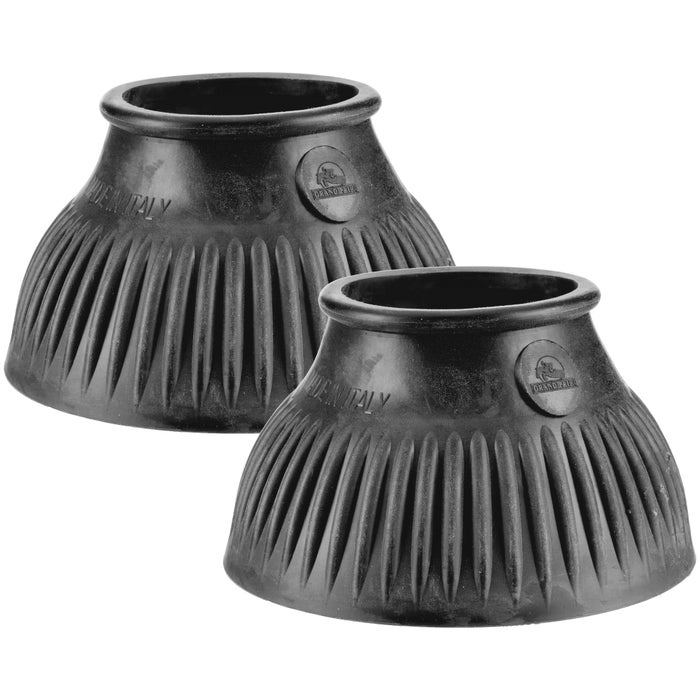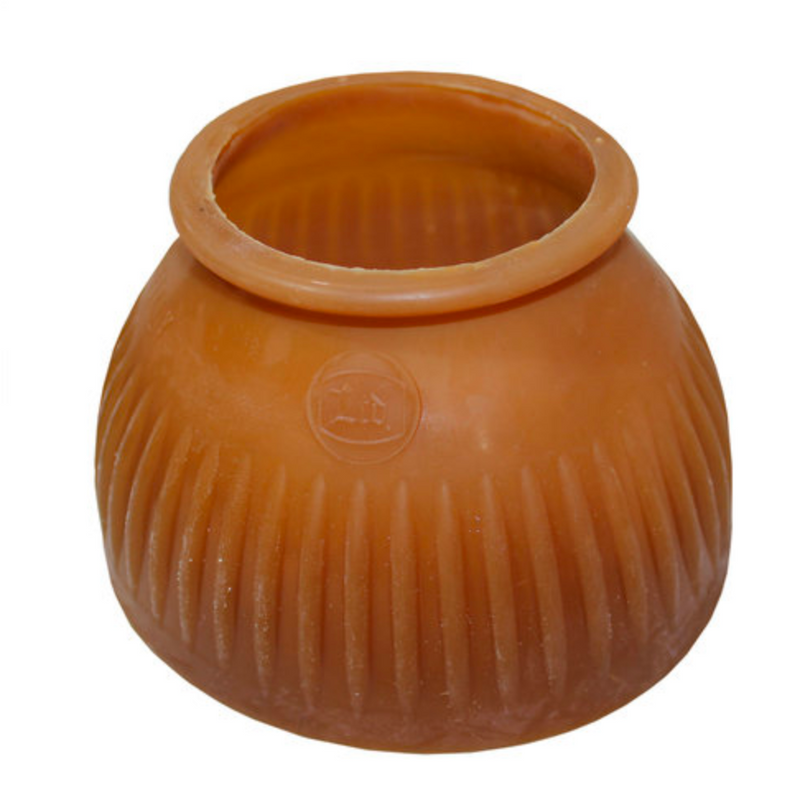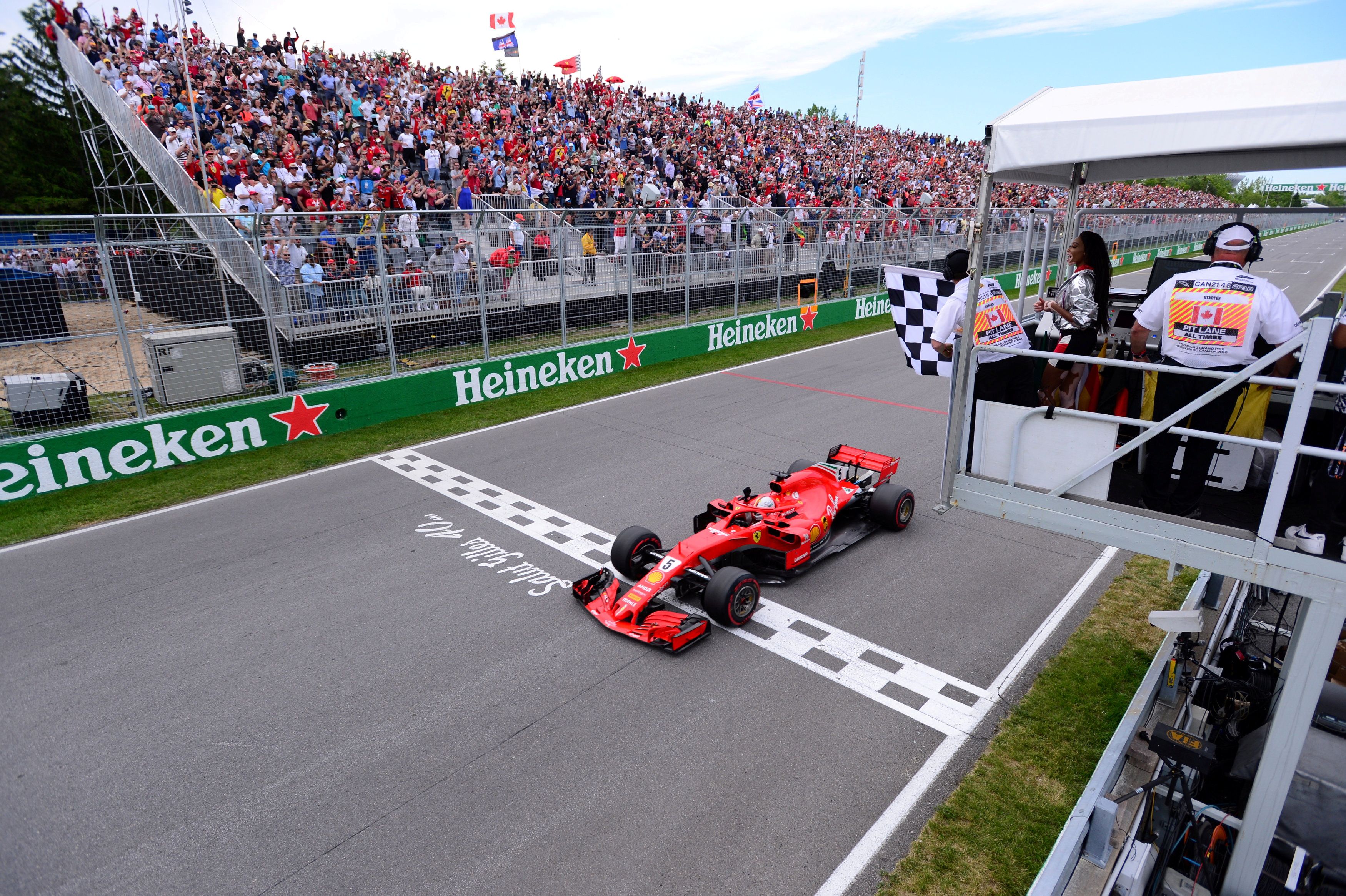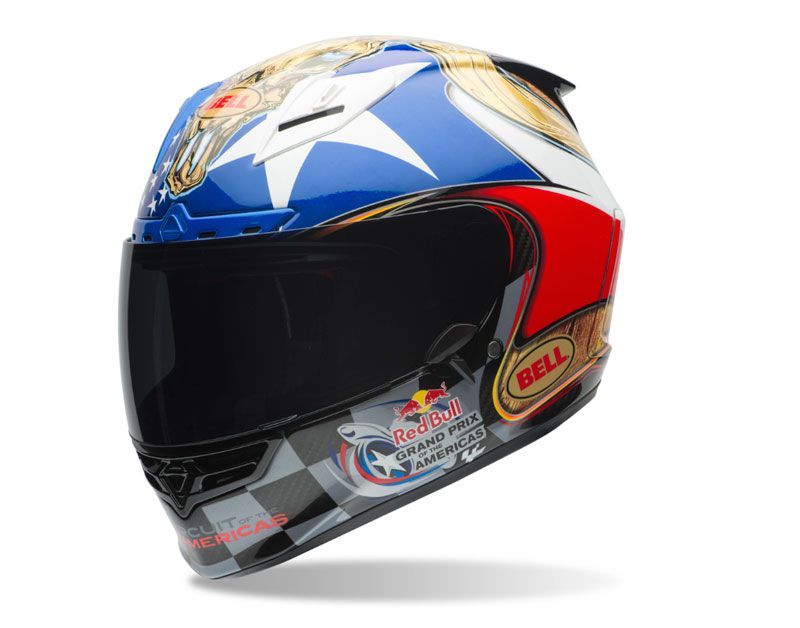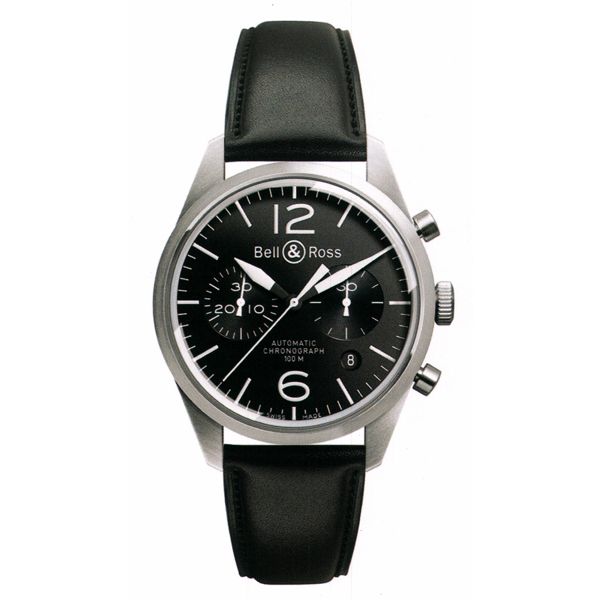
2021 Charles Leclerc Signed Monaco GP 1 of 3 Ltd Edition Ferrari Bell HP77 Replica F1 Helmet – Racing Hall of Fame Collection

Bell Canada on Instagram: "🚨 #CONTEST: FORMULA 1 PIRELLI GRAND PRIX DU CANADA 2023 🚨 🏎 Bell wants to take you and a guest all the way to lights out at

2021 Fernando Alonso Signed Race Used Dutch Grand Prix Bell HP 77 Alpine F1 Helmet – Racing Hall of Fame Collection

Bell Releases Limited Edition Helmet To Commemorate 2013 Red Bull U.S. Grand Prix - Roadracing World Magazine | Motorcycle Riding, Racing & Tech News

Christopher Bell - No. 20 DEWALT Toyota Camry TRD Preview - EchoPark 500 Automotive Grand Prix at Circuit of the Americas

2021 Fernando Alonso Signed Race Used Dutch Grand Prix Bell HP 77 Alpine F1 Helmet – Racing Hall of Fame Collection







